
GUEST BLOGGER LINDA ZAJAC
A surprising place to find story elements

Minecraft, a popular computer game, has a creative mode for building and a survival mode where players battle monsters. When the game is played in survival mode, it has all the elements of a good story. The story starts when a player spawns into a brand-new world, and it ends when the player dies, defeats the Ender Dragon, or exits the game. The middle of the story is all the action that happens in between.
To get an overview of survival mode, review The Unofficial Guide to Minecraft Survival. For more details about the game visit the Minecraft Wiki. [Note: In addition to its retail game, Minecraft offers an education edition with special features, such as easy tutorials, classroom management tools, secure sign-in, classroom collaboration and tons of sample lessons, plus a global network of mentors and tech support.]
As you work through the following activities with students, use a favorite book as a mentor text for comparison purposes so they can see the similarities.
Story element #1: Setting
The setting is the time and place of a story.
In Minecraft, the setting is known as the biome. A biome is essentially an ecosystem such as a forest, desert, savannah, mesa, taiga, ice spikes, or mountains. For an extensive list of Minecraft biomes, check here.
- Ask students to list three different settings in Minecraft.
- Then, ask them to list another setting they’d like to add to the game, and describe it in a paragraph. Give details about how that biome will work.
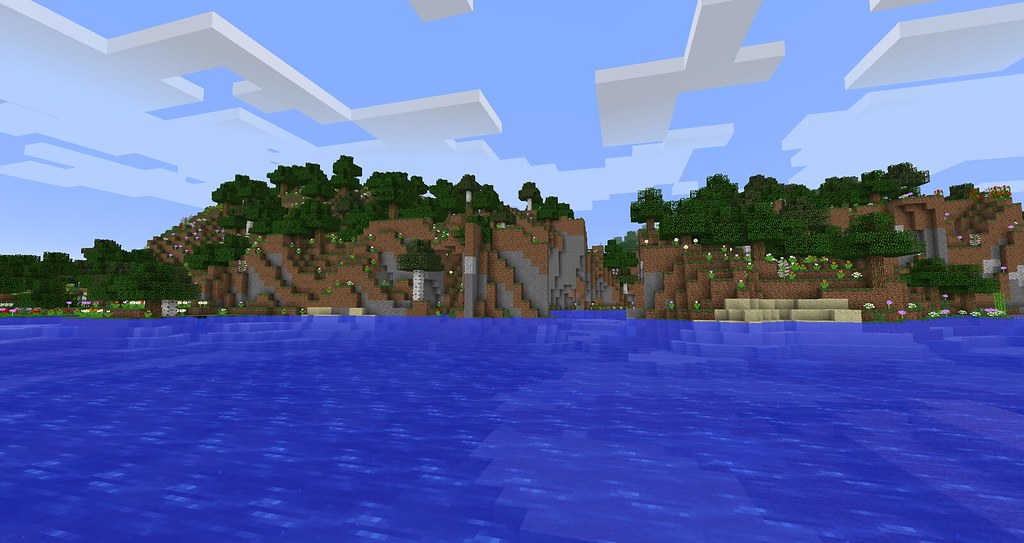
Story element #2: Characters
Every story has characters. Characters are people, animals, creatures, or things. Characters can move and speak. They move the plot forward.
- Who is the main character in Minecraft?
Students might be surprised to learn that the player is the main character. See if they can come up with this answer.
- Ask students to make a list of five minor characters in the game, and describe how they relate to each other.
Anything that moves in Minecraft is known as a mob. Hostile mobs are zombies, creepers, skeletons, witches, spiders, and other monsters that attack players. Mobs can also be passive or friendly. Animals such as cows, chickens, pigs, and horses, are passive mobs. For more information about Minecraft mobs visit this website.
- Students draw a picture of a character they would like to add to the game. It can be real or imaginary, but should answer the following questions and any others you come up with:
- Is the character hostile or friendly?
- How does the character move?
- Does it make a noise?
- Ask students to name their character.
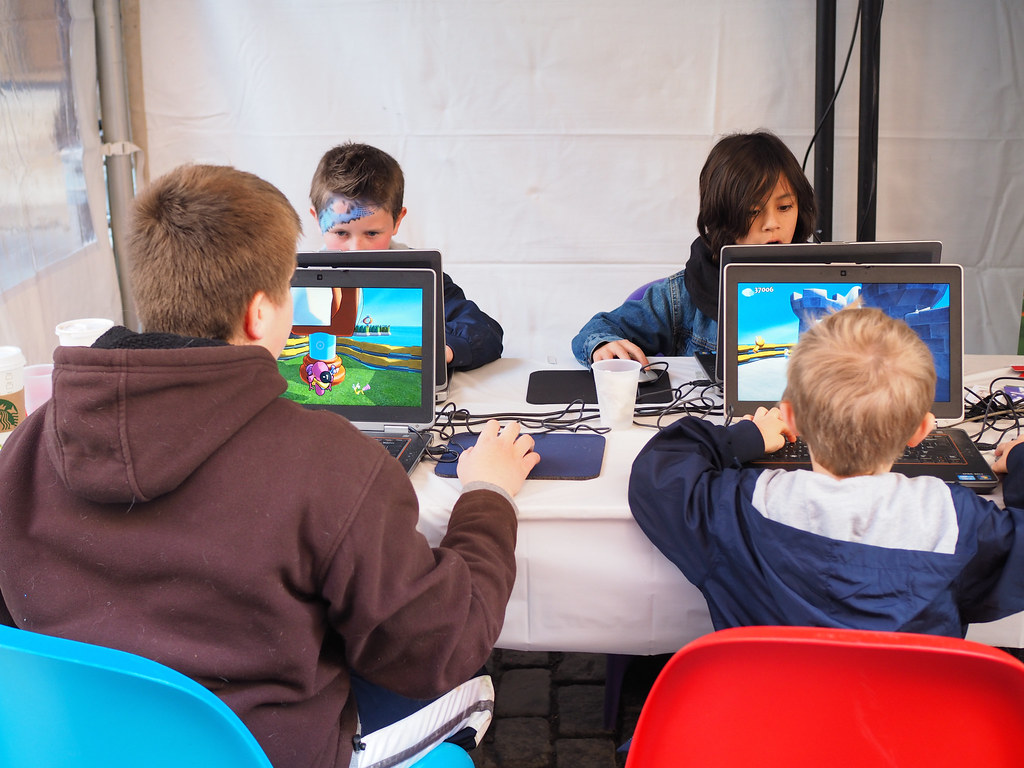
Story element #3: A goal or problem
The main character in a story has a goal or something s/he is trying to achieve. In Minecraft, an Iron Golem’s goal is to protect the village from hostile mobs.
- Ask students what their goal is playing Minecraft in survival mode?
Goals can be simple, like surviving. Other answers might be build a shelter, reach the Nether, get to The End, or defeat the Ender Dragon.
- Ask students to give the character they created a goal.
Story element #4: Plot
All the events and action that make up a story form the plot.
- Make a list of five things a player can do in Minecraft’s survival mode.
Players can craft, mine, farm, enchant, brew, smelt, trade, explore, build, sleep, and fight mobs.
- Write down another action that you’d like to add to the game. (Note: a popular response might be flying because you can fly in creative mode, but not in survival mode).
Story element #5: Conflict
Conflict or obstacles can be enemies, weather, failure, puzzles, roadblocks and more. Stories are much more interesting when the main character has challenges or obstacles. When the main character easily achieves a goal, the story is boring. Conflict is what makes a player struggle in Minecraft.
- Ask students to list five obstacles in Minecraft survival mode.
Lava, drowning, lightning, falling, hunger, darkness, failing health, and hostile mobs are all obstacles that hinder the main character’s effort to survive and advance in the game.
- Then, ask students to explain how they feel when the sun is setting in survival mode or when a monster is chasing them?
Students might reply they feel anxious or tense. Conflicts and challenges in a story add tension. When a story has tension, readers want to keep reading to find out what happens next.
- Next, ask students to brainstorm three new obstacles their character might encounter while trying to pursue his/her goal.
Finale: Write the story
- Ask students to write a story using the character and setting (biome) they created. As characters pursue their goals, they will encounter the three obstacles from the Conflict section.
Linda Zajac is an award-winning science writer and the author of six Minecraft books for kids. She’s a former computer programmer and systems designer and the recipient of the PEN New England Susan P. Bloom Children’s Book Discovery Award and Connecticut’s Tassy Walden Award. She writes about cutting-edge science, technology, and biotechnology and how they’re used to advance medicine, study wildlife, and protect the environment.
Website: www.lindarosezajac.com
Facebook: https://www.facebook.com/linda.zajac and https://www.facebook.com/Linda-Zajac-Science-Writer-189550007735908/ Twitter: @LindaZajac Instagram: @Linda.Zajac

Featured image credit: “Minecraft After School” by kjarrett is licensed under CC BY 2.0


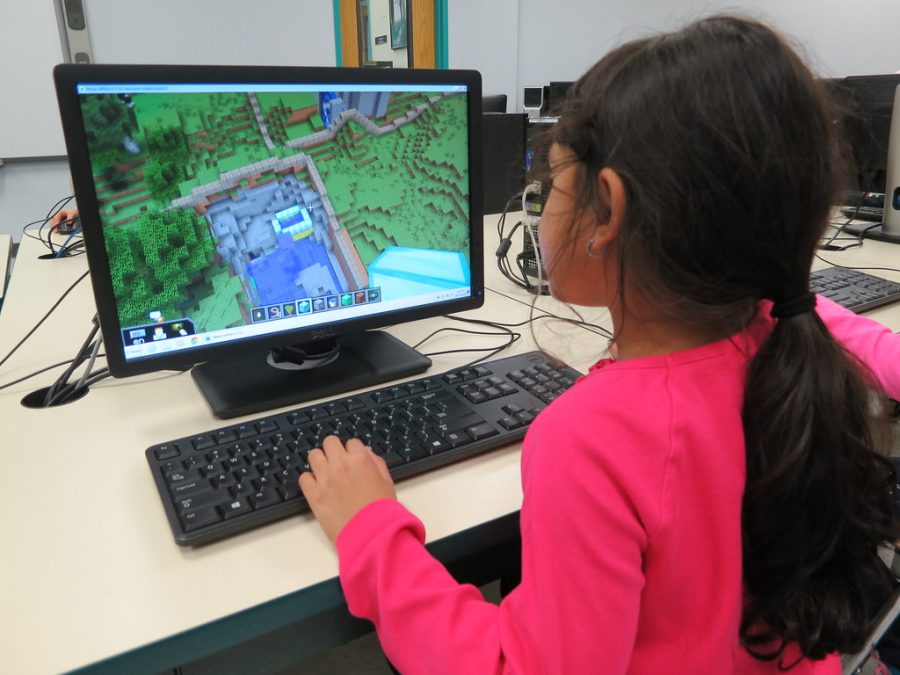
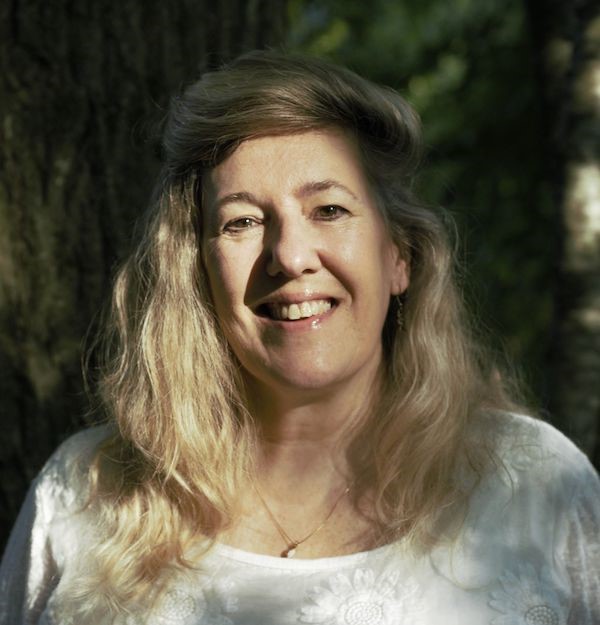
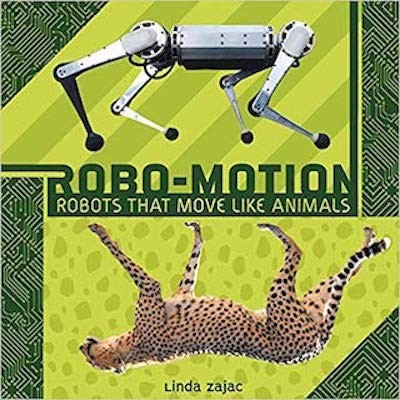

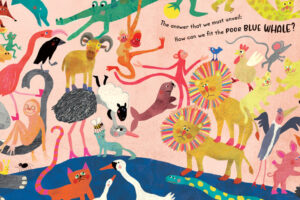
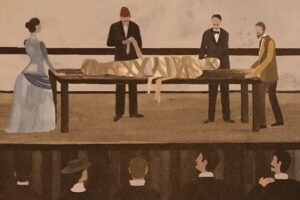


Leave a Reply
Your email is safe with me.